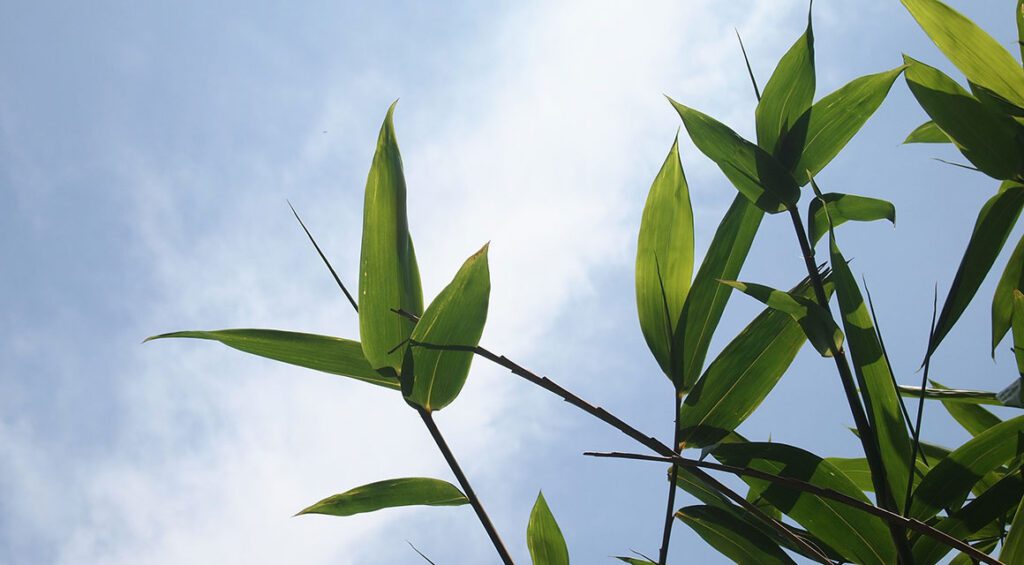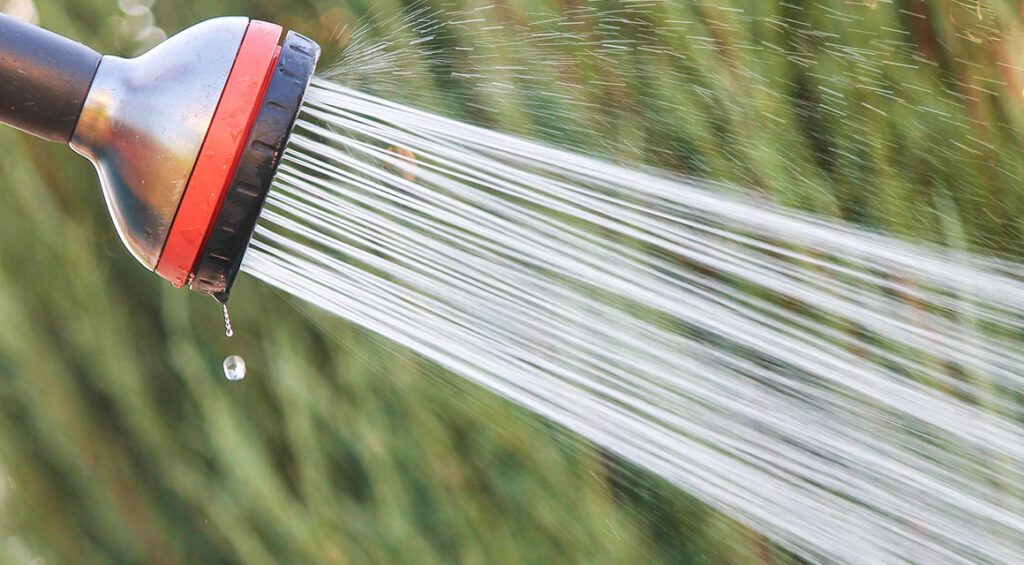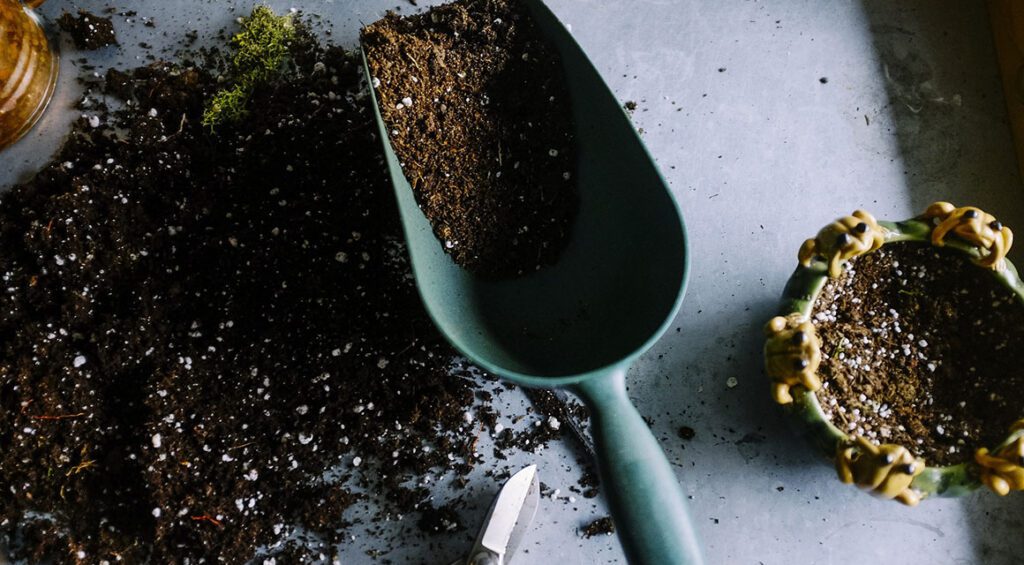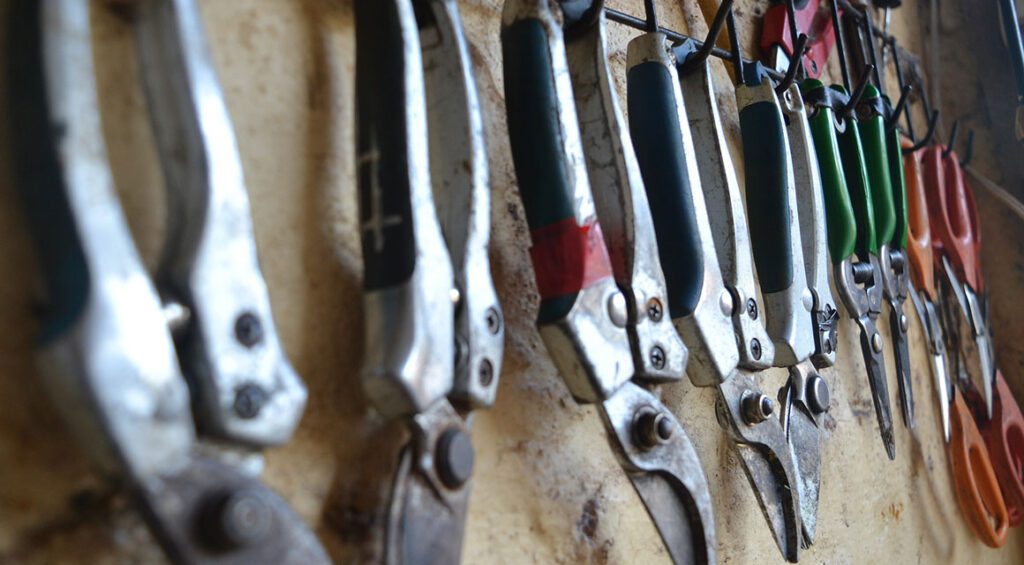Some plants have a very special appearance, so they immediately create a very special atmosphere in a garden. The bamboo is also one of them. With its long culms and its large, narrow leaves, a bamboo immediately creates an Asian atmosphere in the garden. But is such a non-native plant in Europe perhaps also difficult to maintain? The blog article Care for bamboo properly can then be quite helpful if you want to learn more.

Choosing the right bamboo plant
Caring for your Asian bamboo hedge starts with choosing the right plants to use in your garden. Some varieties of bamboo require a little more care than other varieties. Although bamboo is a non-native plant, it can still handle the climate in Europe exceptionally well. However, many bamboo plants are known to grow prolifically. So if you choose the wrong variety of bamboo, that variety may crowd out other plants in your garden or even grow into your neighbor’s garden. In this case, be sure to use a root barrier. However, this is particularly labor intensive and time consuming.
Using a root barrier is not so simple either. You should dig up the garden soil around your bamboo plant so that the root barrier can be pushed under the root ball of your bamboo plant. However, it is easier to choose a bamboo variety that will not grow rampantly. At Hedgeplantsdirect.com, we have different Fargesia varieties on offer, all of which are quite wonderful, non-growing options. These are bamboo varieties that have all the characteristics that belong to a decorative bamboo. However, they are much more time efficient and easy to care for because they do not grow rampantly. Therefore, you can fully concentrate on other tasks in the garden: planting, pruning, maintenance, watering, fertilizing!

Watering plants
Bamboo plants need a relatively large amount of water, just like other plants in the garden. Especially in the first six months after planting, bamboo plants should get enough water so that the roots can develop well. However, it is best if the garden soil of your bamboo hedge is and remains moist at all times. It’s handy if you then dig a water trough, for example, so that the water can’t run off to the side when you water it. However, during the first week after planting your bamboo hedge, you should water your plants every day. Then, starting the second week, you will only need to water your new hedge two or three times a week.
The garden soil should also always be well-drained. After all, if too much water accumulates in the soil, then roots can start to rot. There are several ways to ensure that a garden soil is and always remains permeable enough. You can mix heavy soil types (think clay soils here) then with lighter peat soils, for example. Sometimes it can also help if you simply poke the soil several times with a pitchfork, so that the water can seep away more quickly. If the situation of your garden soil is particularly serious, then you can also contact professional companies who will expertly drain your garden soil. Have you ever thought about a maned bamboo ‘Simba’ in your garden?

Fertilizing
Bamboo plants prefer a garden soil that is rich in nutrients, just like other plants. Therefore, it is always a good thing to fertilize a bamboo at regular intervals. However, when you do so, pay close attention to the type of fertilizer you plan to use. Compost or even an organic fertilizer can be best used in this regard. Use chicken manure, horse manure or even pigeon manure, which is already well decomposed. In addition, Culterra fertilizer is especially good for bamboo. Organic fertilizers contain many nutrients that help bamboo grow.
Another soil improver that is decidedly good for bamboo plants is called primary rock flour. This may sound like something to get used to in the context of plants or hedges: using rock flour to help a plant or hedge grow. Nevertheless, it works wonderfully! After all, sand is also made up of tiny stone crumbs. Volcanic soils are particularly fertile, which is why they are so often used for agriculture. In addition, some people also believe that volcanic rock radiates a kind of ‘survival power’ that is supposed to be disease-resistant. However, the effect of this rock has not yet been scientifically proven.
However, when fertilizing your bamboo plants, it is important to note that under no circumstances should you use an artificial fertilizer. Artificial fertilizer is a particularly strong fertilizer, which should make the soil particularly fertile. This sounds positive, of course, but bamboo plants are fast-growing. Some Fargesia varieties can therefore grow up to 75 cm per year. If these varieties then also receive an artificial fertilizer, they will consequently grow much too fast and lose their structure. That is why the bamboo soil should be less fertile, so that your bamboo plants first become stronger and more robust before they grow in height.

Cutting
Such a fast-growing plant should then of course be pruned back regularly. However, pruning bamboo plants is somewhat different than pruning other plants in your garden. Bamboo does not form reserve buds, so a cut bamboo shoot will not sprout again. However, new shoots will always form from the root. So if you cut off old, thick bamboo shoots at the very bottom of the root, this can stimulate the growth of new shoots, making your bamboo hedge look young and fresh again. Bamboo can be cut back throughout the year. After winter, damaged shoots should be removed immediately.
Therefore, many garden owners remove entire culms and leaves when they prune their bamboo plants. This is because bamboo plants have a very unique, decorative structure that is quite often hidden by the culms and leaves, especially in bamboo hedges, making them invisible. Many garden owners therefore prefer to cut away whole culms and leaves at once, so that the bamboo hedge or bamboo group planting in the garden gets an Asian touch and thus has much more charisma and elegance than carefully cut back bamboo plants or bamboo hedges, think here, for example, the jade bamboo or fountain bamboo. This makes the bamboo look quite pretty and eye-catching. The disadvantage, however, is that this makes bamboo hedges somewhat less opaque.

